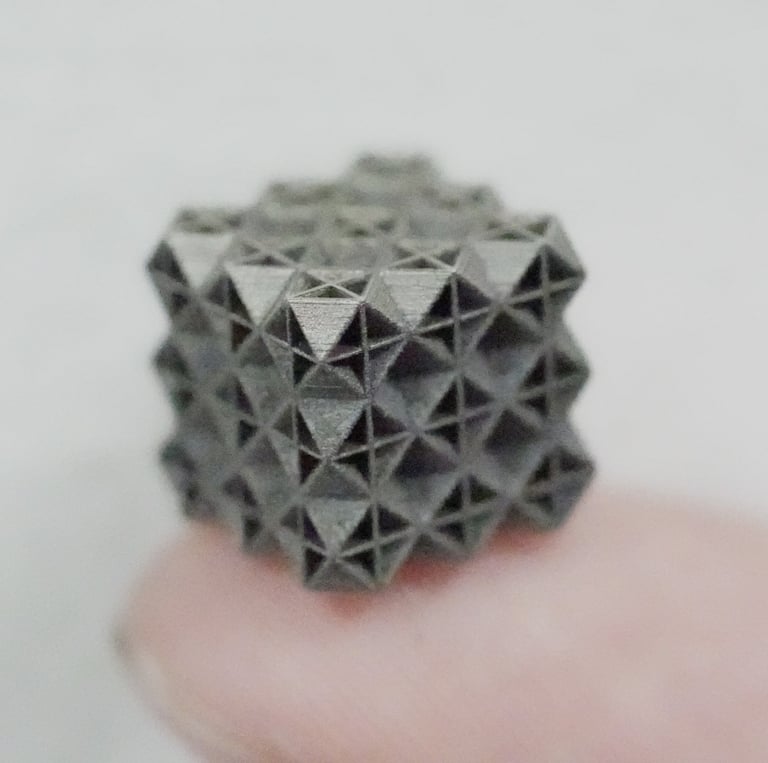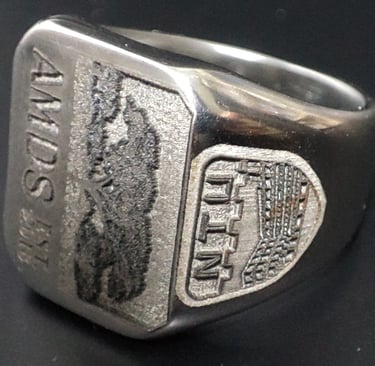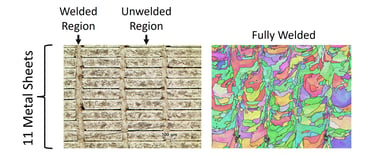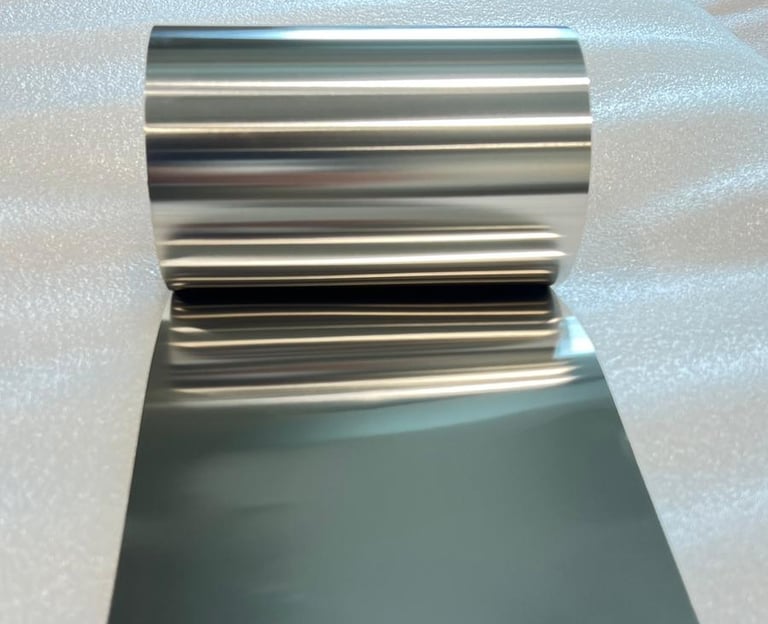A New Era of Digital Fabrication


8
5
1
Completed
Proof-of Concepts
Paid Pilots
Scientific Publication
The LAPIS Process
It starts with the laying of a fresh sheet over a build plate.
A laser welds through the sheet, bonding it firmly to the build plate.
The laser then ablates the unwanted areas, according to CAD design input.
The process repeats until the part is fully constructed.
(PATENT PENDING)


Additive Manufacturing
Subtractive Manufacturing
Using the laser exclusively in cutting mode,
layer-by-layer deconstruction, engraving and contactless machining can all be achieved.






Performance that Matters
Fully dense parts
Welding fuses 0% porosity sheets into a single solid, giving excellent mechanical, electrical and thermal properties.


High resolution features
Excellent surface finish
As-printed roughness: Ra ~4µm (3× as good as powder-based).
No sandblasting, machining, grinding, debinding or sintering.
Minimum feature size ~ 50 µm
Reproducible accuracy ~ 20 µm
Reliability
≤ 5% deviation of mechanical properties across production batches.
Reduced Material Cost
Sheet prices at a fraction of powder cost.








Publications
D.K.J. Lim, C.H. Cai, T.Z. Hsu, C.Q. Lai, Enhanced strength and delayed necking of architected metametals additively manufactured via laser sheet fusion, Addit. Manuf. 109 (2025) 104879.
https://doi.org/10.1016/j.addma.2025.104879
info@lapis.sg
© 2025. All rights reserved.
